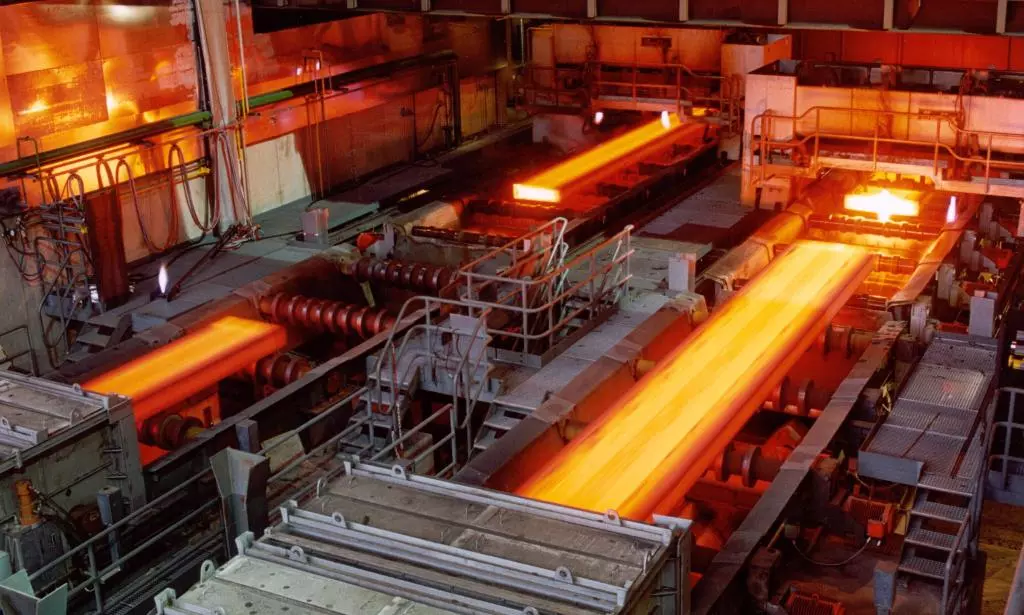India Must Align With German LESS Standard for Steel Exports
LESS is a voluntary labelling program that classifies steel based on the carbon dioxide emissions released during the production of steel. Countries in Europe, Asia, and North America are already working on low-carbon steel production through various policies.

Chennai: As developed countries adopt the new German low-emission steel standard (LESS), Indian steel producers and the government must take strategic steps to align with it to keep Indian exports competitive, finds GTRI.
LESS is a voluntary labelling program that classifies steel based on the carbon dioxide emissions released during the production of steel. Countries in Europe, Asia, and North America are already working on low-carbon steel production through various policies. Germany is promoting LESS for adoption by other European countries and eventually by the developed world. As demand for sustainable products grows, standards like LESS are expected to spread, encouraging more countries to adopt similar frameworks and help reduce global carbon emissions.
LESS poses a new challenge to the Indian steel industry, already reeling with lower exports and higher imports and struggling to comply with the EU's Carbon Border Adjustment Mechanism (CBAM). Indian exports have dropped by 31.2 per cent, from $31.7 billion in FY22 to $21.8 billion in FY24, while imports have increased by 37 per cent, from $17.3 billion to $23.7 billion, making India a net importer.
The Indian steel industry is not legally bound to follow the Low Emission Steel Standard (LESS), but ignoring it could hurt exports. Global markets are demanding low-carbon products, and Indian steel producers not aligning with LESS may struggle to compete. India’s steel industry mainly uses the blast furnace-oxygen steelmaking (BF-BOS) method, which has a higher carbon footprint than electric arc furnaces (EAFs).
They should invest in low-carbon technologies that reduce carbon emissions, such as electric arc furnaces, hydrogen-based steelmaking, and carbon capture and storage, while collaborating with suppliers and stakeholders to reduce emissions throughout the supply chain.
The government should develop supportive policies to encourage low-carbon steel production, such as tax incentives, PLI incentives, and research funding. It should invest in renewable energy sources and efficient transportation networks and promote research and development in low-carbon steelmaking technologies, carbon capture and storage, and recycling processes.

